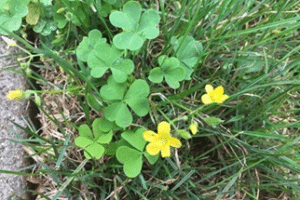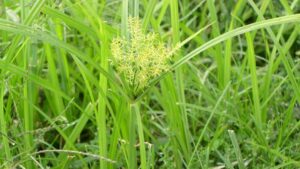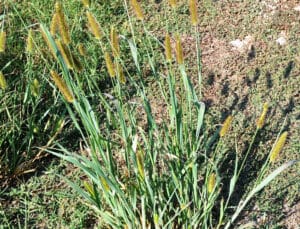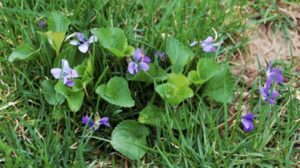Malus ‘JFS-KW5’ PP14375
Description
Bold fuchsia-pink flowers welcome spring, making the Royal Raindrops Crabapple Tree a standout selection for any garden. And unlike other ornamentals, this crabapple is unusually hardy and effortless, resisting disease, drought, and heat.
In fact, the Royal Raindrops Crabapple is known for its easy all-season elegance. In the spring, the fuchsia-pink flowers bloom against purple spiky leaves. These blooms appear in clusters along the branches, creating an eye-catching centerpiece for nearly any space.
But the Royal Raindrops Crabapple tree isn’t done stealing the show after spring. In late summer, small, vibrantly-red fruits take the place of the tree’s blooms. Birds flock to the fruits, creating a graceful wildlife show. During fall, the tree shows off its incomparable purple lobed leaves, varying in shades of plum, orange, or copper.
Planting
The Royal Raindrops Crabapple can thrive in any soil but prefers moderately fertile well-draining soil. Find a spot in your yard in full sun. Once you’ve selected your spot, dig a hole that’s large enough to accommodate the root ball, place your tree and fill it with soil. Water the surrounding area to settle the roots.
Watering
This tree is drought tolerant once established, and only needs watering during extended dry periods after the first season. Check the soil 3 inches deep, and water when dry.
Fertilizing
Add a 5-5-5 fertilizer in early spring each year.
Pruning
Prune lightly in late winter to remove damaged branches or unwanted growth.
Pollination
Royal Raindrops® Crabapple Trees are self-fertile. You will get fruit with only one plant. However, adding an additional Royal Raindrops® Crabapple Tree will drastically increase the size of your crop.
| Growing Information | |
| Mature Height: | 15-20 ft |
| Mature Width: | 12-15 ft |
| Sunlight: | Full Sun |
| Bloom Time: | |
| Growth Rate: | Moderate |
| Grows Well in Zones: | 4-8 |
| Your Growing Zone: | 6 |





